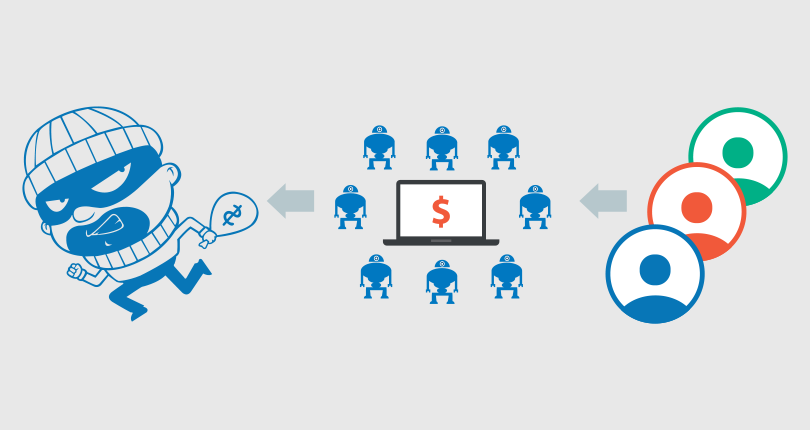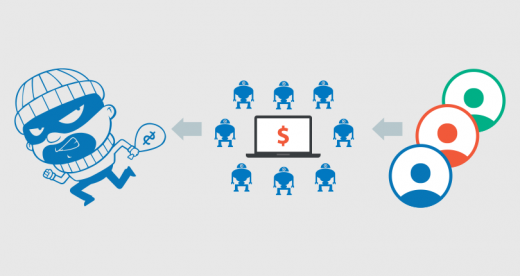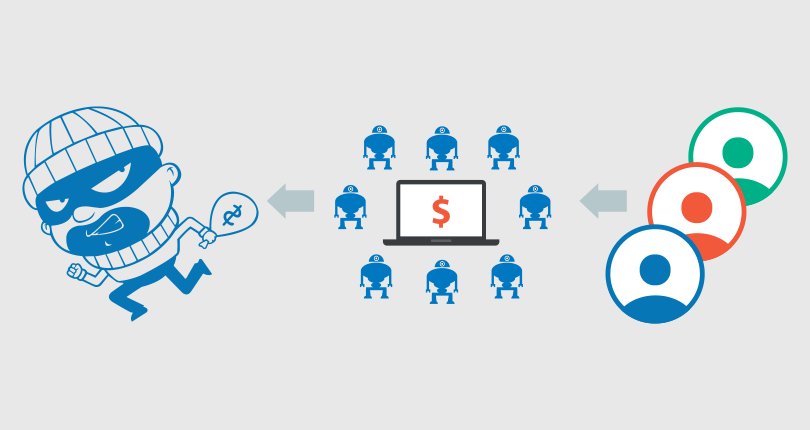Digital Ad Fraud: Perhaps The Most Fixable Problem Today
by Maarten Albarda, Featured Contributor, June 20, 2016

The Association of National Advertisers(ANA) report on media transparency, the World Federation of Advertisers(WFA) report on digital ad fraud, the Interactive Advertising Bureau(IAB)’s Trustworthy Accountability Group, and even Google’s DoubleClick — all have reported on the issues of budget waste due to ad fraud and mark-ups.
All sources acknowledge we are talking billions of dollars. The crappy ad experience is leading consumers in ever-larger numbers to block digital ads altogether.
If left unaddressed, this issue will kill a potentially useful advertising avenue for marketers, a hugely profitable revenue-builder for agencies and a growing source of revenue for (online) publishers. Plus, it will kill access to independent journalism and content for consumers. So all parties clearly indicate they want to fix what is wrong — but sadly, all independent from each other.
The industry interest groups such as the ANA, WFA and IAB do an admirable job of highlighting the problem in terms of size and pervasiveness. That is helpful, but so far these scare-mongering tactics have not really led to the collective outrage you would expect when billions of dollars are siphoned off from working ad dollars. In fact, the answer has been to pour more dollars into the hugely broken system.
The agencies are waking up, and are beginning to build solutions and practices that deliver a measure of fraud- and waste- avoidance. But the agencies are doing this by themselves, using a wide variety of bespoke technologies, guidelines and tools. Is Group M’s approach better/safer than Dentsu/Aegis? Who knows, and how can you ever find out without the transparency the industry needs?
Media owners and sellers are beginning to offer safe content offerings, although DoubleClick showed recently that even those are not fraud-proof. A few weeks ago, John Motavalli wrote “Naming Names: Anatomy Of An Ad Fraud,” here on MediaPost, which showed that even if you think you’re buying safe content from The Financial Times, it ain’t always so.
Last week, I read an interview with Jeroen Verkroost, the managing director of the IAB Netherlands chapter. He delivered a defense of some of the mark-ups digital agencies place on digital advertising. I am not sure I can defend the fact that the WFA calculated this to be up to 60% of digital ad dollars (per the recently published “Compendium of Ad Fraud Knowledge for Media Investors” report). But what Verkroost says is that some of those mark-ups fund things that matter to advertisers.
I assume you don’t speak Dutch (perhaps Double Dutch on occasion?), so I have translated part of what he said: “Let’s assume a media agency charges 15% in a digital trade, and a targeting party charges 25%. In this scenario, the agency delivers buying strategies, adding in the right targeting partners, they monitor and optimize the campaign during execution, and deliver the post-buy report. The targeting party ensures the message reaches the right target audience, thus avoiding waste.”
Is this worth 40%? Or, worse, 60% as in the WFA scenario? I will leave that to the procurement department to negotiate with the agency.
But what I would advocate is to use some of the percentages to start an industry fund, jointly supported by all parties, to properly combat ad fraud. Let’s set rules jointly — but, more importantly, build technology in defense to attack what’s wrong. Hey, I know, let’s call it the CIA: the Coalition for Intelligent Advertising.
MediaPost.com: Search Marketing Daily
(34)



